How Vijayneha dreamed its packaging dream
In the midst of consolidation, the Indian flexible packaging industry has a new kid on the block in Hyderabad. Ready to flex its muscles, Vijayneha Polymers' greenfield project promises to give multinational converters a run for their money.
A Rushikesh Aravkar report
01 May 2019 | By Rushikesh Aravkar
The visit to the new Unit-III of Vijayneha Polymers, which sits in the industrial area of Rangareddy District in the outskirts of Hyderabad, is a packaging enthusiasts’ equivalent of stepping into Willy Wonka's chocolate factory.
Unlike the other two units of the three-decade-old Vijayneha Polymers, which process plastics and produce commodity products like plastic bags, the Unit-III is a high-configured flexible packaging plant with brand new and sophisticated equipment. It marks the company’s move up the value chain.
The second-generation entrepreneur Shiv Kumar Gupta is at the helm of Vijayneha Polymers and the greenfield project is his baby. The chief executive officer Kaushik Nag, has more than 25 years of hands-on experience in the flexible packaging space working in multiple roles at organisations like Akaar-Sharp, Paharpur 3P, and Positive Packaging. As we start our plant tour with Nag, the shopfloor at the 1.7-lakh sqft factory on a 12.5-acre land is abuzz with activities, which, at best, can be compared to an assembly line production.
Two massive W&H Varex blown-film extrusion lines: a three-layer and a seven-layer, sit side-by-side at one end of the production floor. This is followed by the printing division which houses a W&H Heliostar II eight-colour rotogravure press, a first in India (India’s first Heliostar I is installed at Balaji Multiflex in Rajkot) alongside a W&H Miraflex CI Flexo press. In-between the two presses, there’s ample space for two more printing lines to operate.
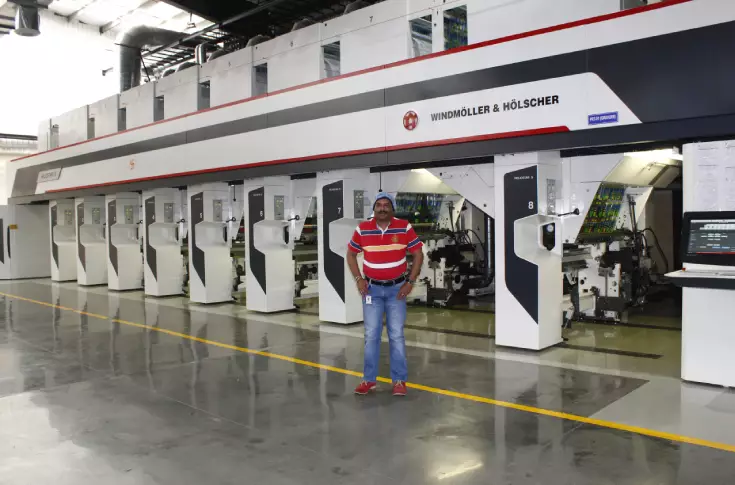
In finishing, two Nordmeccanica laminators join a host of other brand-new finishing equipment. All these equipment are organised on a spacious shopfloor, supplemented with well-defined process instructions, in a manner that ensures efficient material flow and scientific regard for worker safety.
Thanks to its arsenal, Vijayneha can produce 1,800 tonnes of flexible packaging material in a month. Nag says, “In this first round of investments in the flexible packaging space we have pumped-in close to Rs 180-crore. We plan to invest another Rs 100-crore by 2020. That’s phase two. So the total investment in Unit-III will be between around Rs 280-300-crore which falls under the mega project scheme of the Telangana government.”
After the completion of phase two, the company will have an installed capacity of 4,000 tonnes per month. The target is 2020, asserts Nag.
Focus on product development
During the tour one thing was clear: the investments are futuristic and the business outlook, long-term.
Nag explains, “The investments in capital expenditure need to have a horizon of 10 to 15 years, you don't plan for the next three to five years, that’s short-term. We could have invested Rs 30-40 crore and set up a flexible packaging plant. However, if I genuinely want to see this company grow into a
Rs 1,000-crore standalone, we need to think about where we shall be in the next five years, seven years, ten years and 15 years. It’s ambitious, it’s also what makes us a serious contender in the market.”
Vijayneha is not looking at the regional competition. The focus is top of the pyramid, competing with players that operate pan-India and the multinational converters in the space.
“We don't want to remain restricted to the domestic market. I’m looking at 30% production for the export market. And that is not to any nearby countries, we are targeting Europe and North America,” adds Nag.
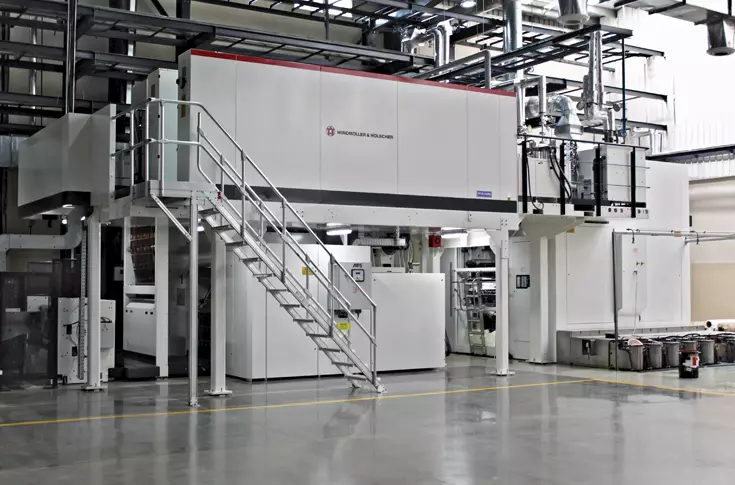
In order to achieve this, Nag understands that innovation and new product development are the keys. That’s why he has handpicked the team of professionals from the industry who have been in the industry for more than 25 years. There is no alternative to knowledge, experience, and expertise if you have to innovate and that’s why we have invested in the best minds that we could get on board, says Nag.
“Top-end machinery backed by a rock-solid technical team that understands the evolving market lays the foundation at Vijayneha, and this is what makes the company future-ready,” adds Nag.
The key focus area at Vijayneha is to address the challenges of recyclability and waste management.
Nag explains, “Obviously we would like to tap the business which is currently available, but at the same time, we would like to develop solutions for the challenges which are there on the horizon. So we are already working on new product developments with the brand owners, material suppliers and machine suppliers.”
To facilitate the product development department, the company has set up a full-fledged laboratory which is equipped with WVTR/OTR testing capabilities among other things.
In the first four months of operations, Vijayneha has converted Tata Salt’s polyester-poly laminate job to a PE-PE structure printed on its W&H Miraflex. “We are promoting the replacement of polyester-based jobs. We have already started working in eliminating polyester from the laminate structure wherever end-use applications allow for it, making it recycle-friendly. This is for products like detergents and shampoo,” explains Nag.
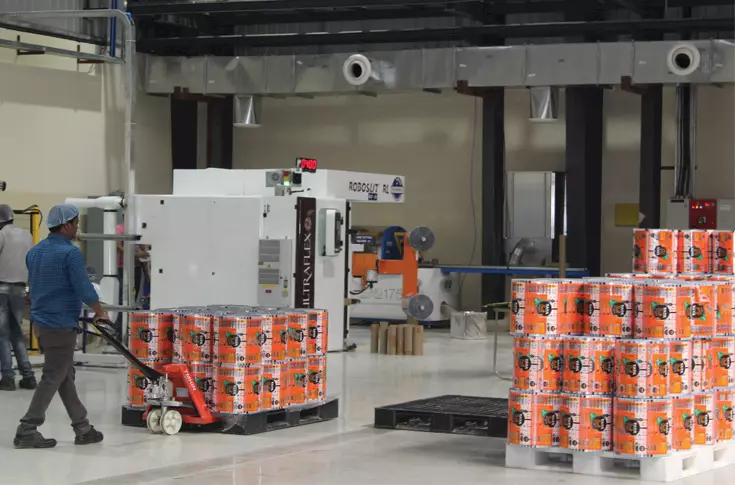
Flexo domination
Vijayneha’s decision to have both flexo and gravure printing capabilities on the shopfloor is a fool-proof plan.
“India has been a gravure market. CI Flexo technology was deployed only by those who produced milk and edible oil packaging. However, if you look at the market trends in the past three to four years, the gravure printing companies have started investing in flexo printing. This indicates that the market in India has matured,” says Nag.
“Globally, flexo is a bigger market. There the artworks designed to be compatible with flexo printing. We are moving in that direction. The capabilities of the process – plate making, ink and anilox continues to evolve narrowing the gap between a gravure and CI flexo.”
According to Nag, Vijayneha’s total capacity is equally contributed by both gravure and CI flexo output; however while both the technologies will continue to co-exist, the innovations and value additions will come from CI flexo.
Suppliers’ Speak: Anuj Sahni, W&H
As an integral part of the celebrated expansion, the management at Vijayneha decided to go ahead with four W&H machines – three-layer blown film line, seven-layer blown film line, a rotogravure press and a CI flexographic press for their new production set-up.
The sprawling new flexible packaging unit in Hyderabad has been equipped with two Varex II blown film lines installed for production of co-extruded plastic films. The Varex II seven-layer is blown film line will help meet the increasing demand for barrier films in India and another Varex II three-layer blown film line will cater to diverse requirements of the high-quality film.
Several unique features in W&H blown film lines, many of which are W&H patents, are a result of intensive in-house research. The investment in W&H blown film lines translate to superior productivity and major costs savings through better material savings, optimised outputs, improved uptimes, reduction in waste, superior film quality and a high degree of flexibility.
The eight-colour CI flexo press Miraflex has a maximum web width of 1320mm and runs at a maximum speed of 400 metres per minute. The press is intelligent and is equipped with an advanced automation system and the entire press can be controlled from a single panel. The press is equipped with the advanced inspection system, which makes it future ready, in line with W&H's vision of Packaging 4.0. The inspection system installed in the press is called Vision.
The Turboclean inking and wash-up system guarantee good inking and cleaning results. If one wishes to flush all the colours in the tank and clear the ink pipeline, including individual pipeline, one can do that with just a push of a button. Miraflex is capable of printing even on very thin and sensitive substrates at maximum production speed. As of now, W&H has sold more than 600 Miraflex presses throughout the world.
Optimism in the air
Vijayneha plans to break-even the first phase of investment in the first nine to 12 months of operations.
“We expect this capacity to be filled up by the second quarter of next financial year. So we expect to start planning phase two of expansion by August 2019, and hope to get it up and running by 2020.”
Nag is optimistic about the future. He has his calculations in place. “Today, the industry is growing at 12-14%. In the next five to seven years, this growth rate will be twice as much. India will become a global sourcing hub for flexible packaging.” He adds that the big multinational companies in consumer products and food space are setting up their biggest ever plant in India.
“Today the per capita consumption of plastics in India is a fraction of what you get to see it in the rest of the world. And this is going to increase sizeably. With India, looking at FDA opening up to the larger extent, India looking at the food processing industry, plastic consumption per capita will definitely go up.”
Nag points out that 25 years ago, the threshold of sizeable flexible packaging converters was 200 tonnes per month. Today, it is 5,000 tonnes.
“We have started with 1,800 tonnes, will go up to 5,000 tonnes in the next five years. The game is changing, and Vijayneha will lead from the front,” concludes Nag.


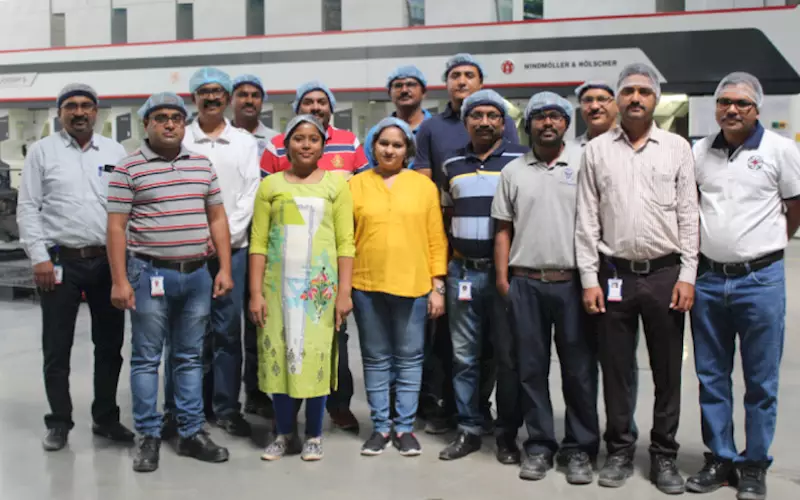
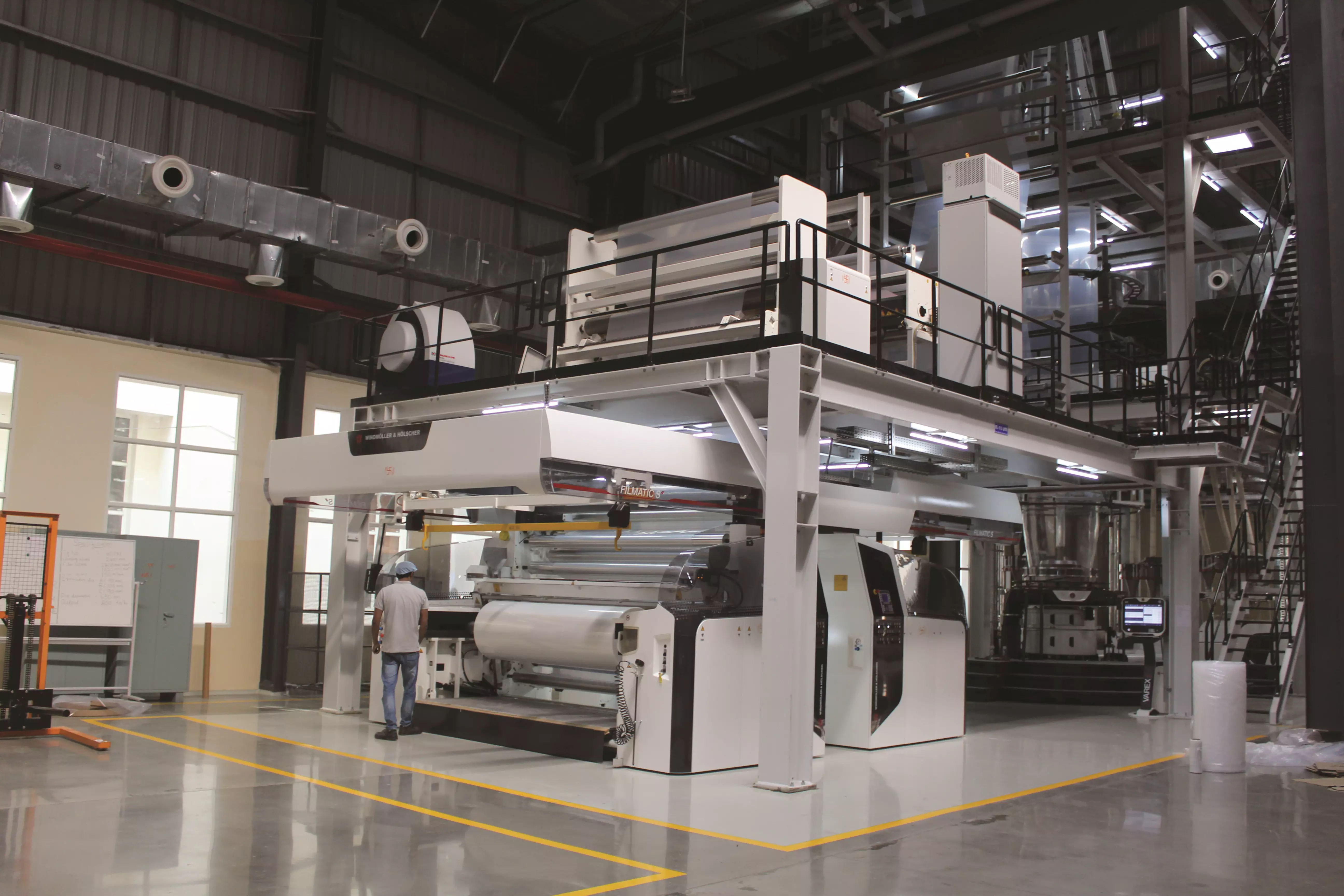











 See All
See All